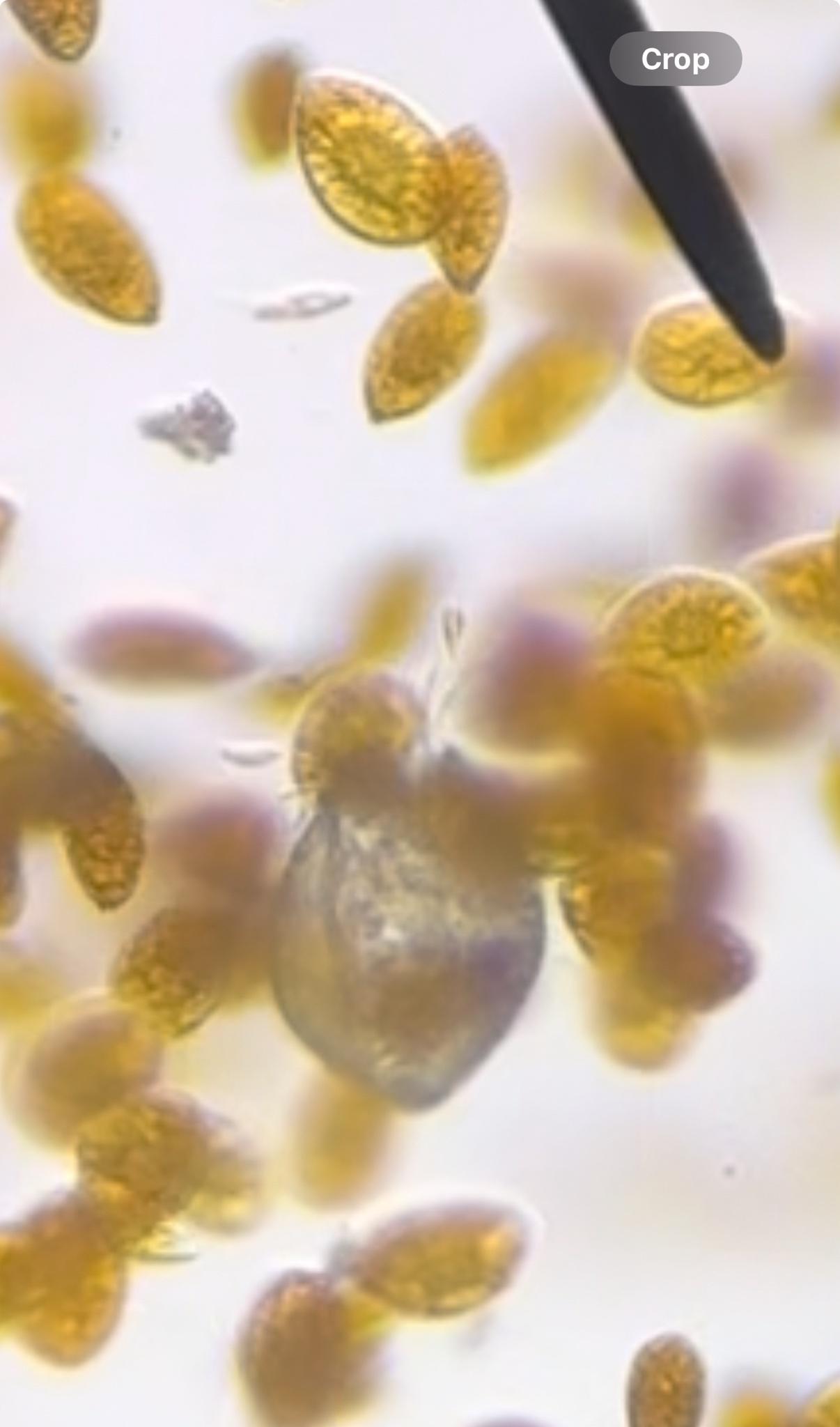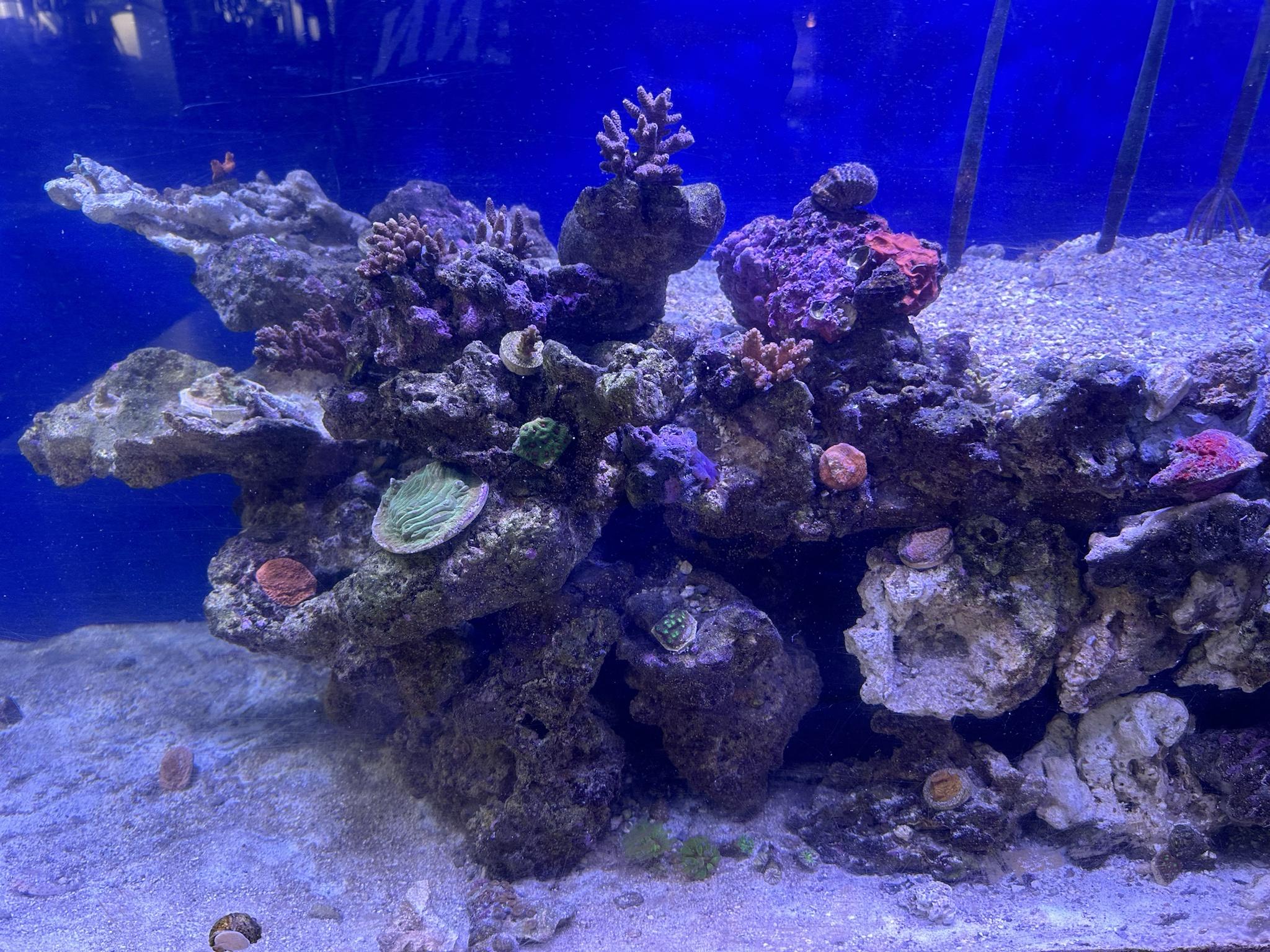@brandon429 asked for people to start dino elimination work threads, so here is my submission.
Let me start off with a confession…I am so old, I remember when there was no such thing as a dino bloom in a reef tank.
A lot of newer reefers probably can’t even imagine what it was like to set up a reef tank, have a few diatoms show up, then some bryopsis, then you were off and running. Don’t get me wrong, there were plenty of nuisance algae issues, but they all seemed so beatable…often easily.
In ecology, generally speaking, unicellular organisms are easy come/easy go, as they often lack the staying power to outlast more complex organisms. But our reefing ‘advancements’ opened up the door for the those organisms by removing both the organisms that would consume or outcompete them as well as the matter required to maintain those more complex organisms.
I set up a reef tank in my classroom that I wanted to be ecosystem-centered, so I laid out some ground rules for myself:
1) no unnatural filtration (skimmers, socks, chemical media, reactors, sterilizers, etc etc).
2) no treatments, medications, or quarantine (if it is found in nature, it will be found in my reef)
3) no water changes
I set the tank up in August ‘23. Spoiler alert: the dinos definitely showed up. Follow along to see how I responded but still stuck to the rules I made for the tank.
Let me start off with a confession…I am so old, I remember when there was no such thing as a dino bloom in a reef tank.
A lot of newer reefers probably can’t even imagine what it was like to set up a reef tank, have a few diatoms show up, then some bryopsis, then you were off and running. Don’t get me wrong, there were plenty of nuisance algae issues, but they all seemed so beatable…often easily.
In ecology, generally speaking, unicellular organisms are easy come/easy go, as they often lack the staying power to outlast more complex organisms. But our reefing ‘advancements’ opened up the door for the those organisms by removing both the organisms that would consume or outcompete them as well as the matter required to maintain those more complex organisms.
I set up a reef tank in my classroom that I wanted to be ecosystem-centered, so I laid out some ground rules for myself:
1) no unnatural filtration (skimmers, socks, chemical media, reactors, sterilizers, etc etc).
2) no treatments, medications, or quarantine (if it is found in nature, it will be found in my reef)
3) no water changes
I set the tank up in August ‘23. Spoiler alert: the dinos definitely showed up. Follow along to see how I responded but still stuck to the rules I made for the tank.


















